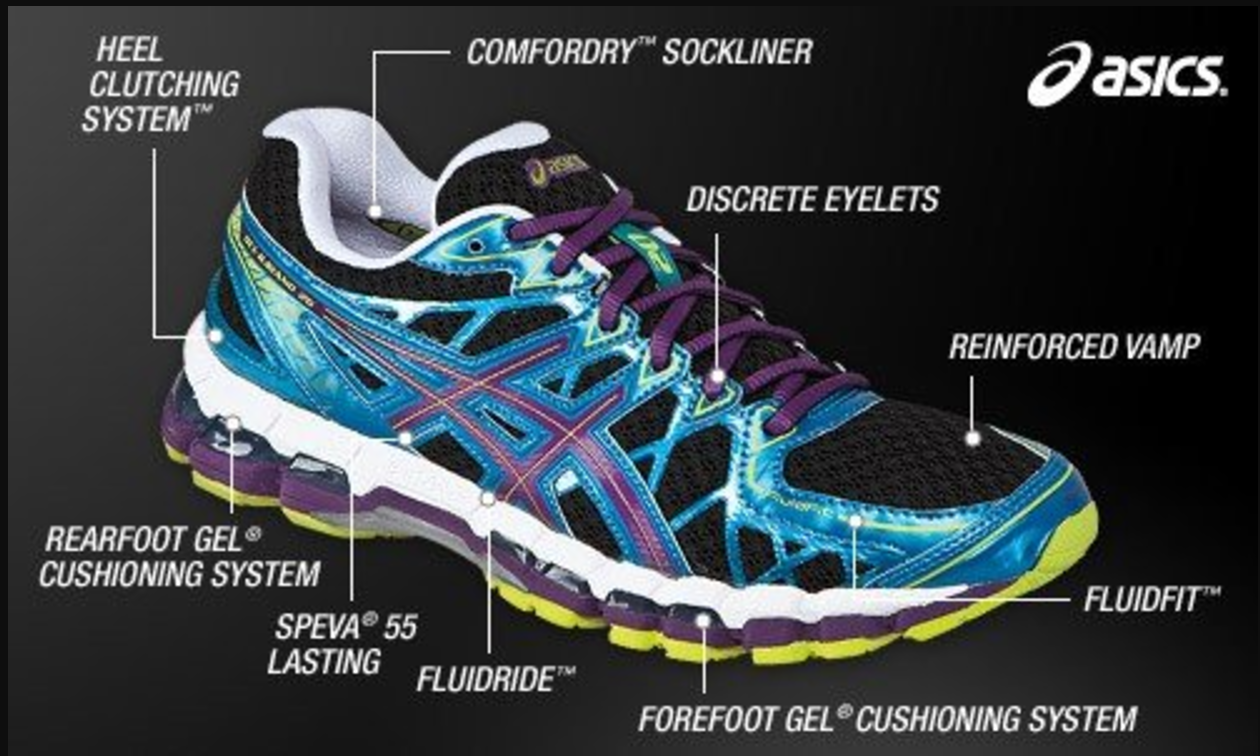How Ring Video Doorbell Works by Ring
At its worst, “marketing” means gimmicks and impossibly false promises. The product that makes you drop 20 pounds in a week? “That’s just marketing,” we say dismissively.
But at its best, marketing is so persuasive that we sometimes don’t even realize we’re falling for it.
Those companies have given us reasons to believe their claims are true, whether those reasons are rational (like statistics and guarantees) or not so much (like celebrity endorsements and social proof).
When we buy what a company is selling, both figuratively and literally, at least one of these 11 marketing claims was probably involved. These are the most unconventional marketing campaigns that will show you how to sell your products.
1. The explanation
Sometimes, no research survey or celebrity endorsement can top a solid explanation. A step-by-step demonstration can dispel doubts and misconceptions as you’re made to understand how the product works—and why you need it.
For example, Ring makes a product that generations of humans have survived without: a video doorbell. Even consumers who like the idea have questions about how your doorbell could possibly allow you to talk to the mailman when you’re not home. In explaining Ring’s technology and installation, this video shows scenarios like package deliveries and attempted burglaries, helping to convince you of your need for the product.
2. The torture test
Your SUV will probably never face anything worse than post-winter potholes or a dirt road now and then. But if an epic natural disaster were to strike your suburban neighborhood, you know your car could handle mud, water, rocks, or all of the above. You’ve seen it on TV.
A staple of car commercials, the torture test shows the product can withstand stresses more challenging than those you’d face in everyday life—overcoming your possible objections about why it won’t work for you. Take this video in which a Range Rover Sport careens down from the icy summit of a Swiss Alp (cue the “do not attempt” fine print).

3. The visual demonstration
The picture can be worth more than any number of words, especially for unique products that have to be seen to be believed.
If you were to, say, saw your boat in half, could you just tape it back together? It’s unlikely anyone would believe that claim by Flex Tape, a super-strong, waterproof adhesive—unless they saw the feat with their own eyes in this video.
4. The numeric proof
Sometimes, numbers tell a more convincing story than words and pictures. Marketers often rely on quantitative evidence like rankings and research statistics to back up the qualitative claims that can’t be proven statistically.
Subaru’s commercials give us the feels because they show kids growing up and dogs growing old while the car looks good as new. But the company’s “built to last” claim is rooted in numbers: 98 percent of Subaru vehicles sold in the last 10 years are still on the road today, according to a study of vehicle registrations.
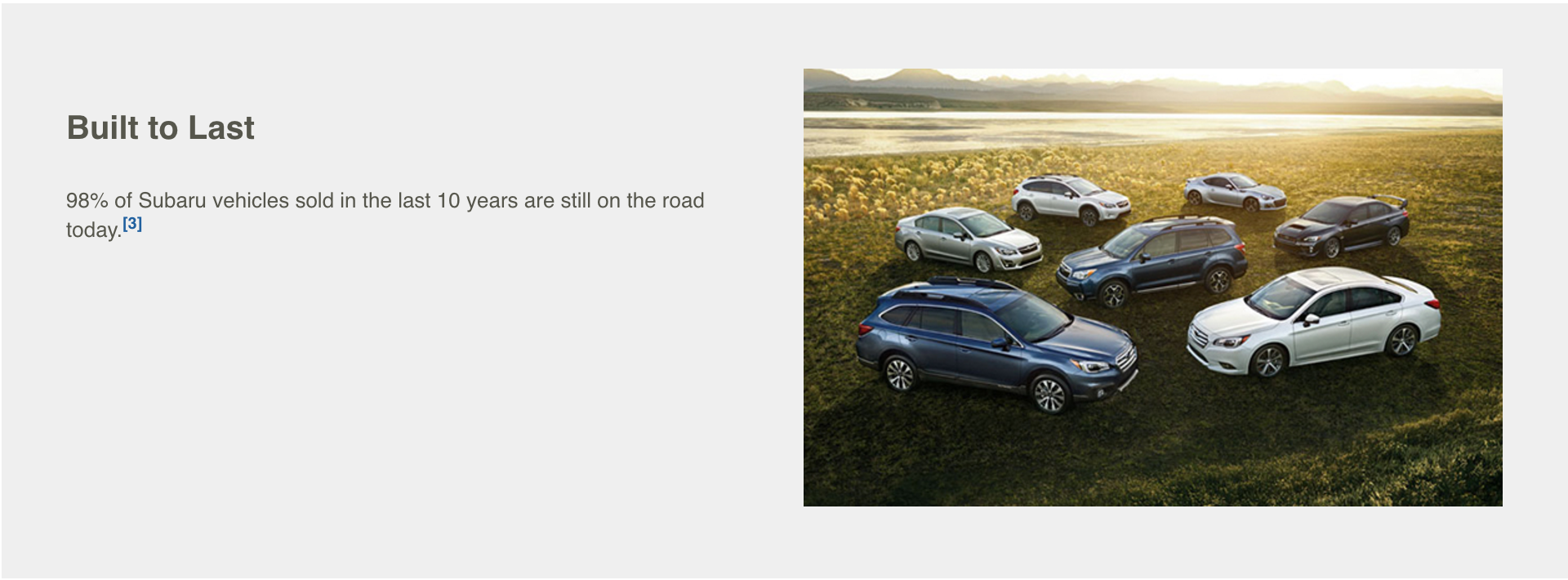
5. The guarantee
No matter what you see, hear or experience, you still feel a little nervous about shelling out money for a product you haven’t tried before. That is, until you hear the magic words: “or your money back.”
The best guarantees come with promises more specific than “100% satisfaction guarantee” (Does it count as being unsatisfied if you just changed your mind?) Consider this guarantee from Tuft & Needle, an internet mattress retailer. Knowing few consumers will buy a mattress without laying on it first, the company offers a 100-night trial, promising to accept returned mattresses “for any reason” and donate them to charity.
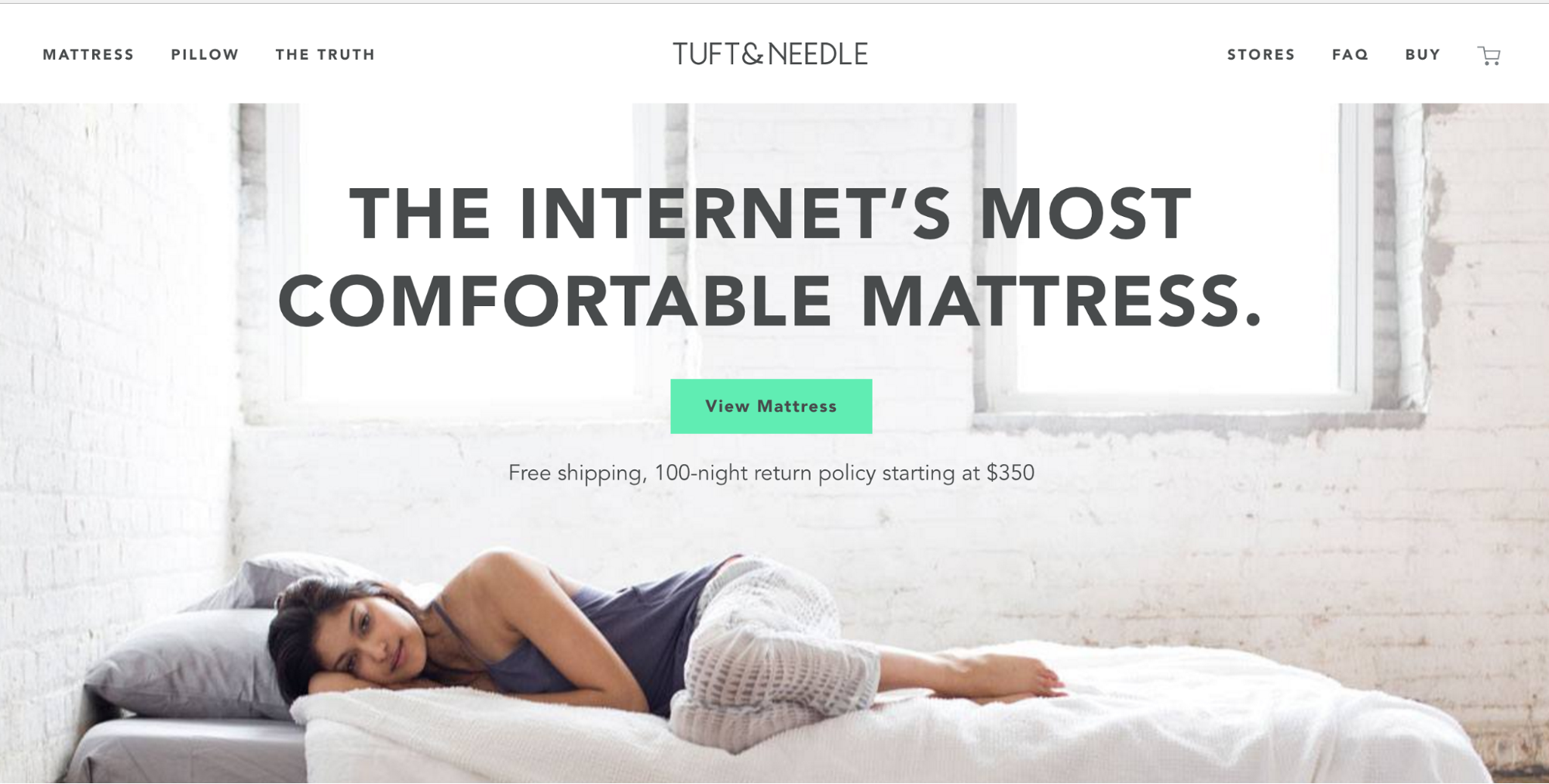
6. The testimonial
A company claiming its product is best seems almost meaningless. But when other people back up the same claim—and they’re regular folks with problems like yours—you may be more inclined to believe it.
The Banish line of acne products was developed by an acne sufferer, who features her story on the website. But the first images you’ll see on the homepage showcase before-and-after photos from regular people, instead.

7. The social proof
For some companies, only a few good testimonials are necessary for convincing marketing. For others, it’s the volume of customers that speak volumes.
Social proof dates back way before social media and Amazon reviews. Think of McDonald’s, which spent decades updating its signs to reflect how many millions and eventually billions of customers it had served.
And long before McDonald’s, advertising pioneer Claude C. Hopkins wrote this in the 1920s: “People are like sheep. They cannot judge values, nor can you or I. We judge things largely by others’ impressions, by popular favor. We go with the crowd.”
Check out Keap's Lifecycle AutomationAssessment to determine where your business stands among the industry's top performers.
8. The endorsement
From Consumer Reports to athletes to Oprah, experts and celebrities have been telling us what to believe about products for decades—both explicitly and implicitly. We explicitly trust Jennifer Aniston’s choice in hair products because she’s inspired hairstyles since the debut of “The Rachel” 20 years ago. And we implicitly trust her choice in beverages—just because she’s Jennifer Aniston.
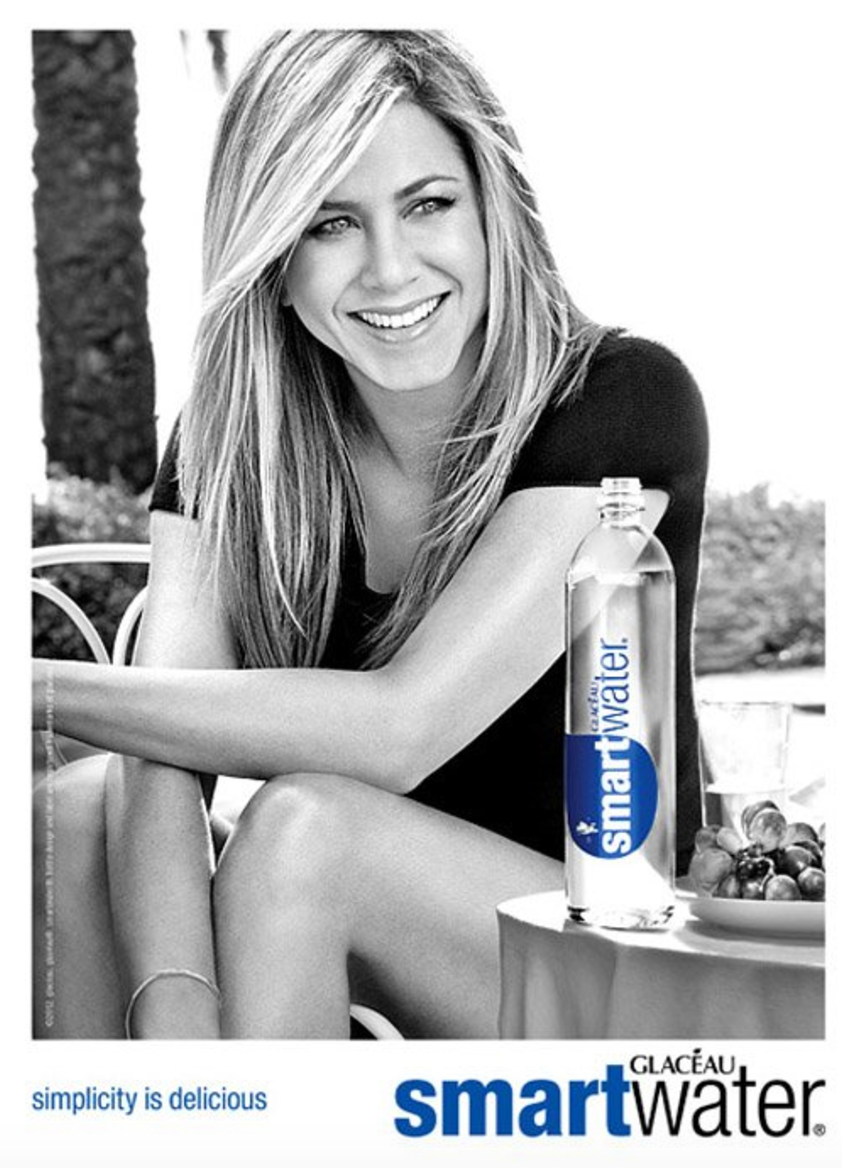
9. The borrowed equity
Companies don’t always have to pay a celebrity to reap the benefits of someone else’s brand. Sometimes, the mere association of your product with a well-respected entity helps consumers believe in your product.
If Titleist is good enough for the pros at all four major tournaments, why wouldn’t it be good enough for you?
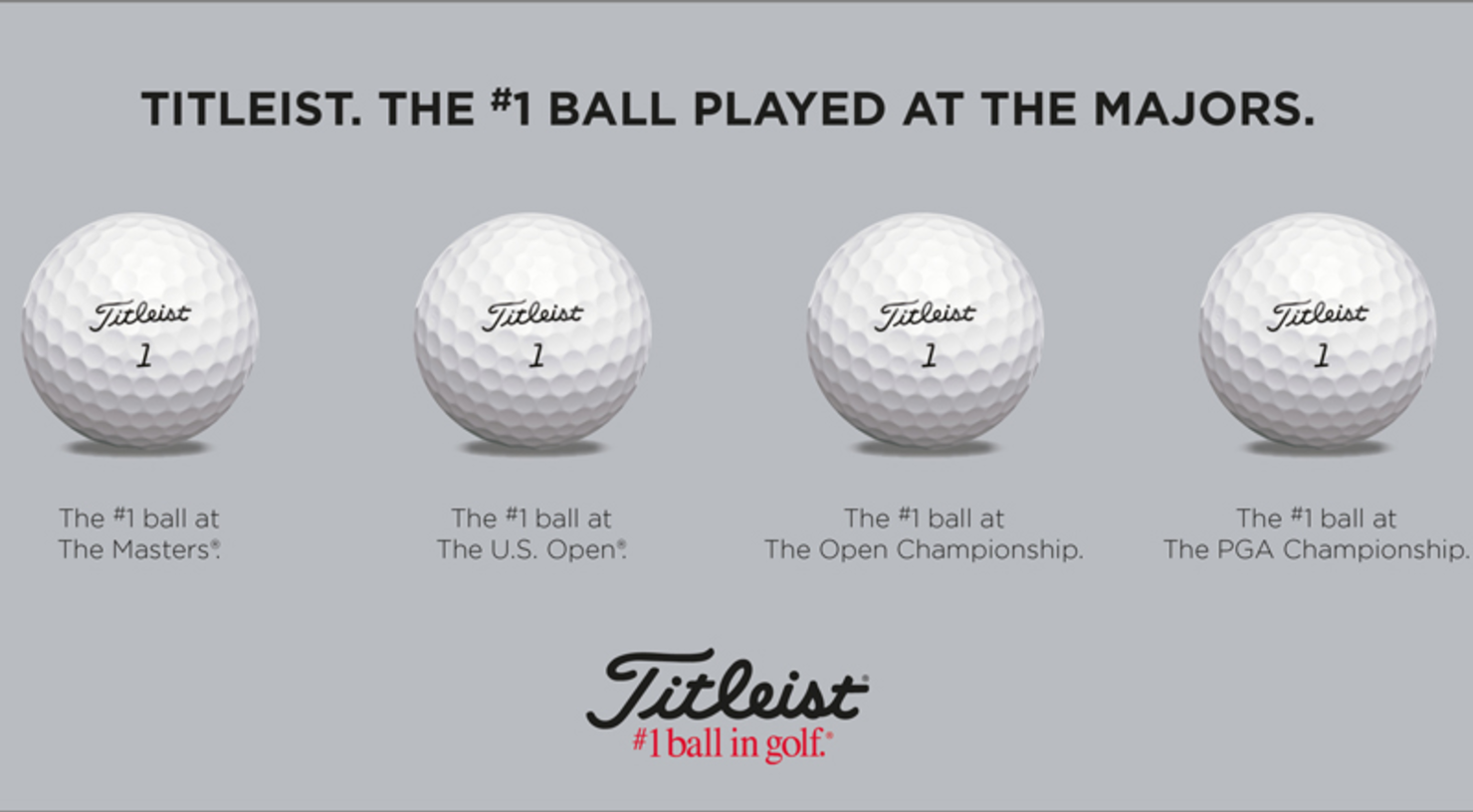
10. The head-to-head comparison
All products have competition—some just won’t admit it. Other companies go head-to-head with competitors in an attempt to make consumers believe their product is superior. Think of seemingly any product involving problematic liquids (diapers, paper towels, stain removers).
In the ultra-competitive fight for cell phone customers, Sprint almost exclusively focuses its advertising on attacking competitors and even poached Verizon’s former spokesperson and slogan in their ads.
11. The special ingredient
Not all marketing claims are unique—unless the law says they are. A branded term or phrase gives a company indisputable evidence that they alone own the claim.
In this graphic, Asics probably wouldn’t be swaying us by simply labeling its shoe the most comfortable on the market. Instead, it uses nine descriptive terms, seven of which are trademarked or copyrighted. A FluidFit shoe with a Heel Clutching System, Comfordry Sockliner, (and whatever Speva 55 is) sounds like it was engineered to keep our feet happy.
